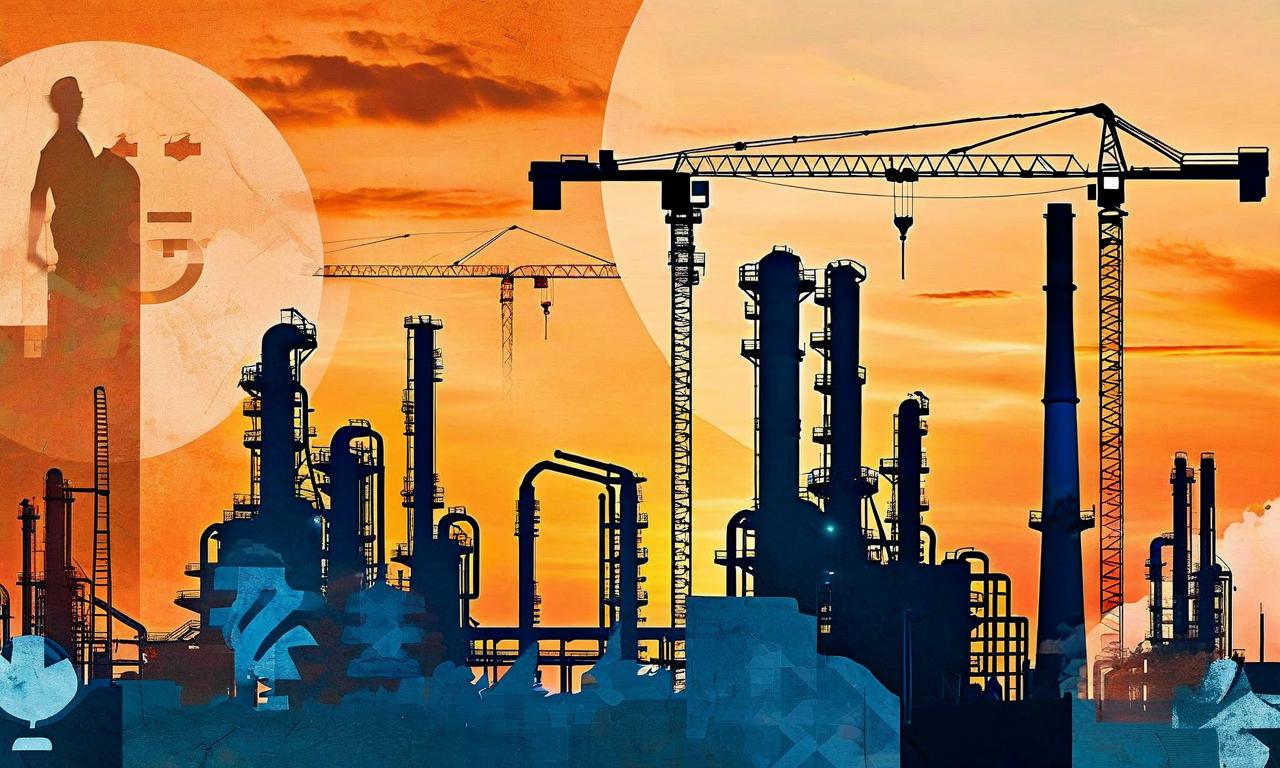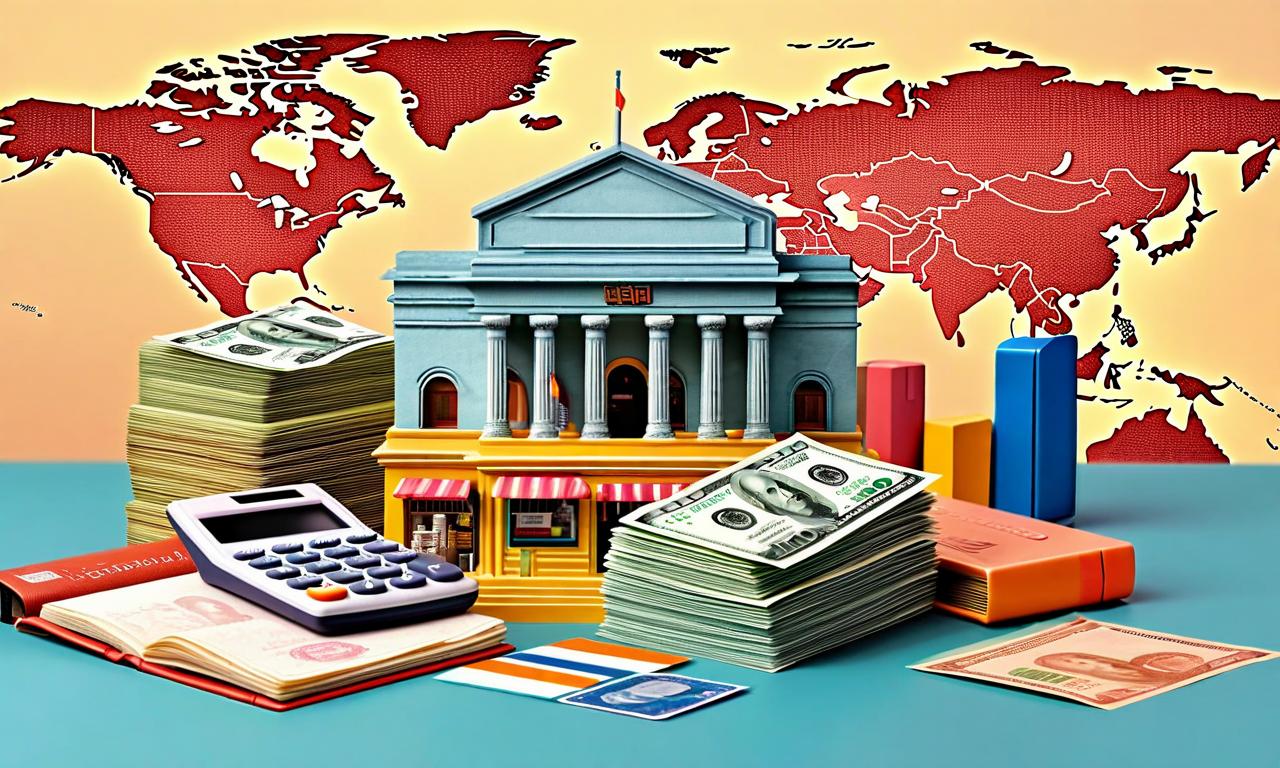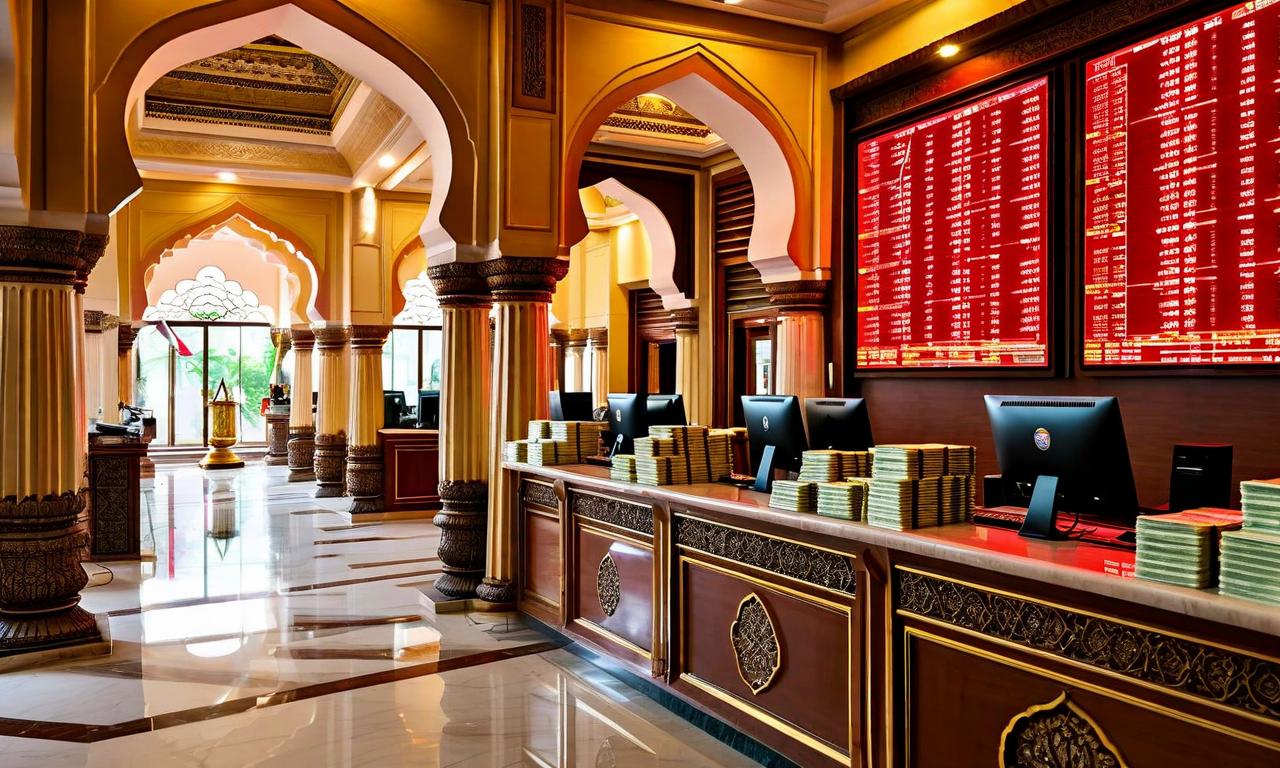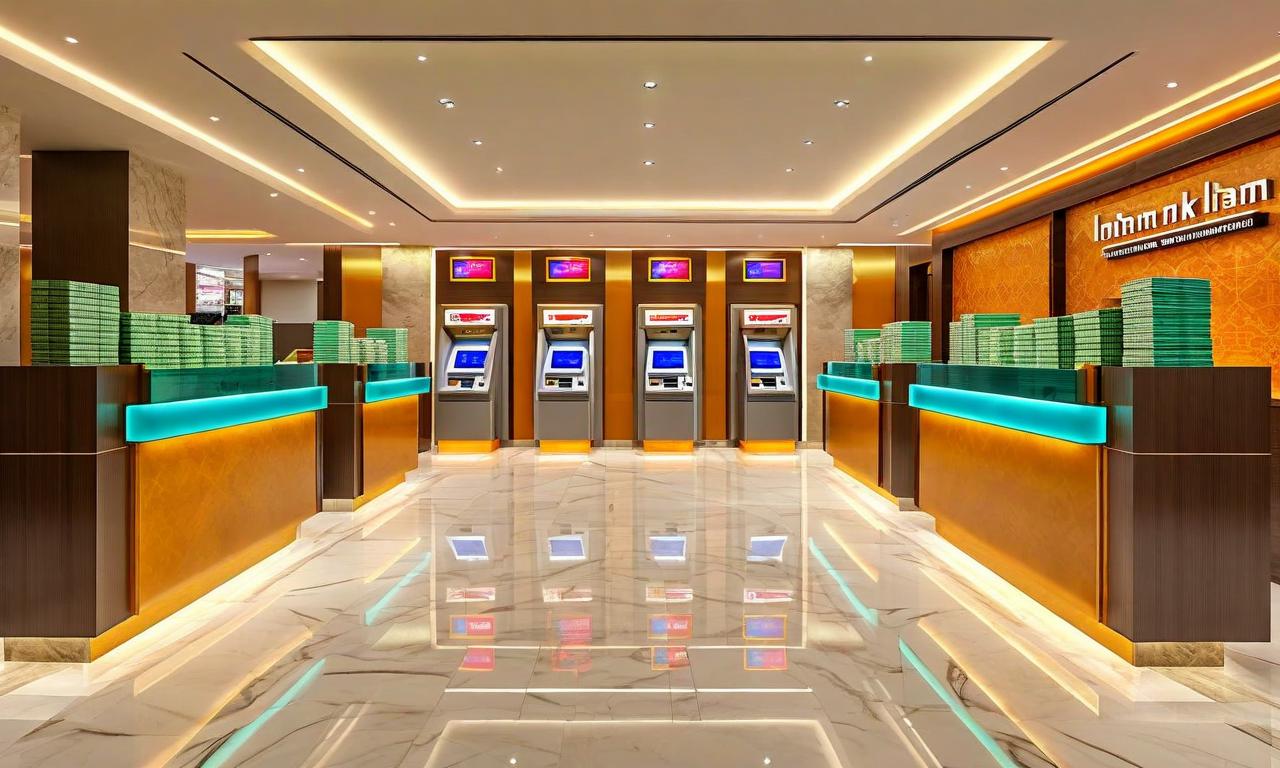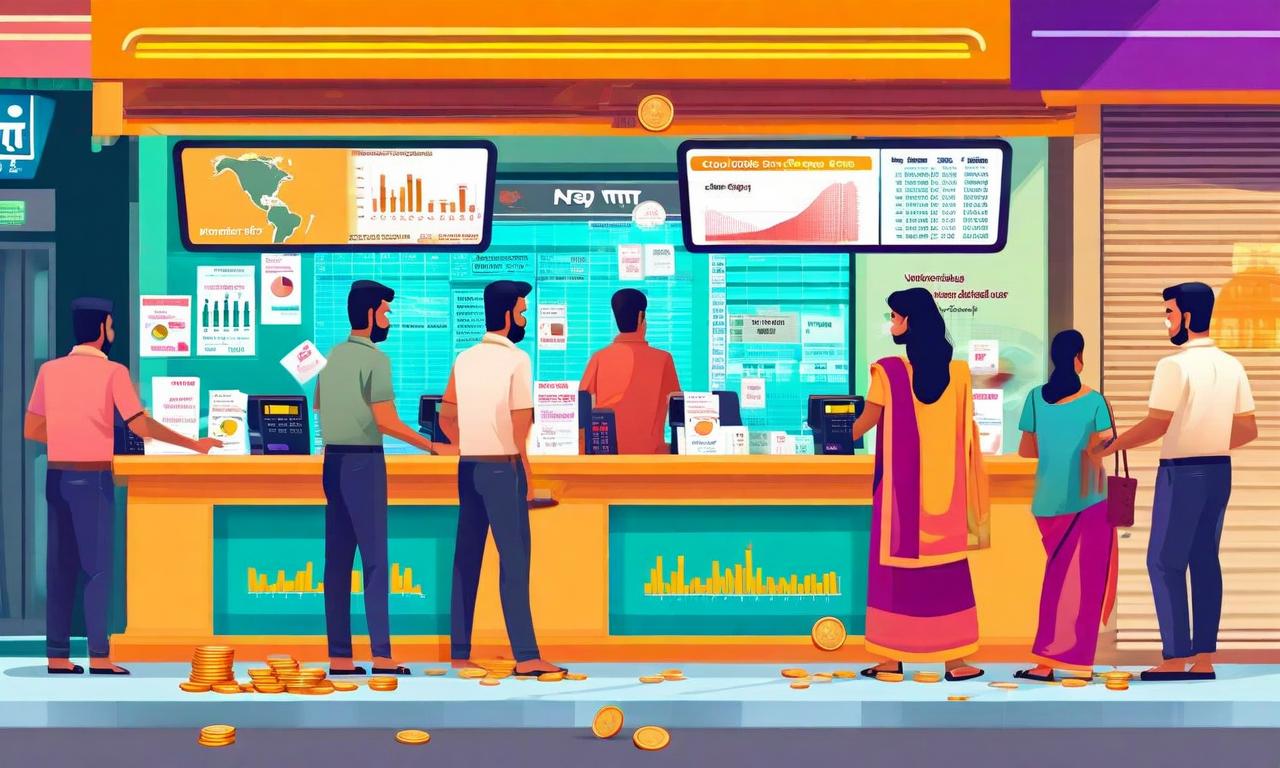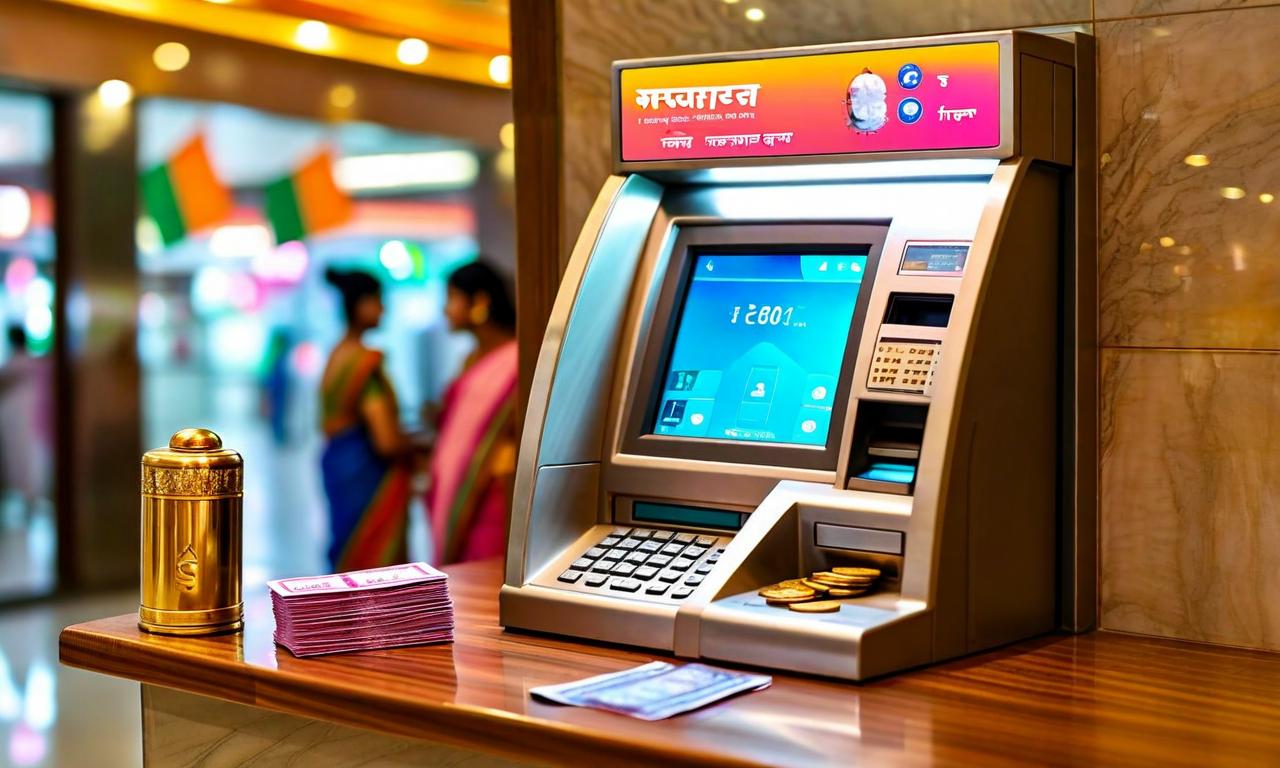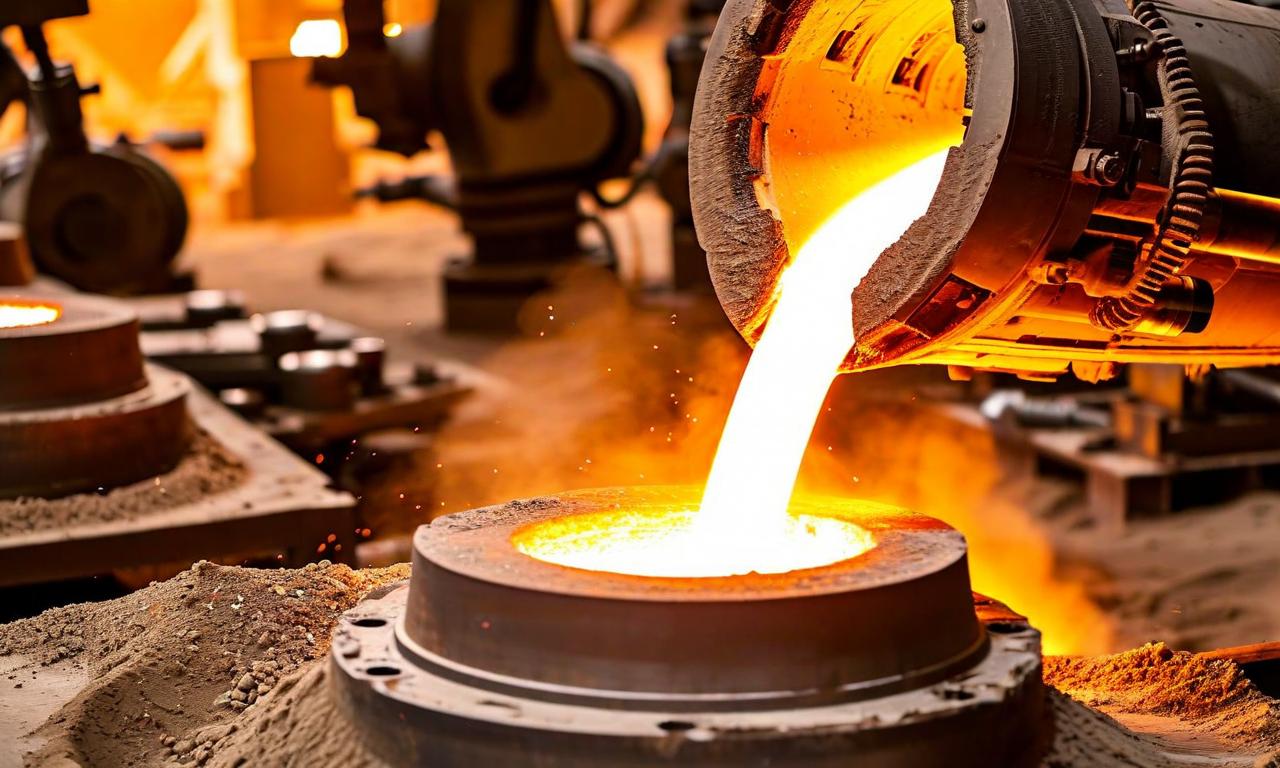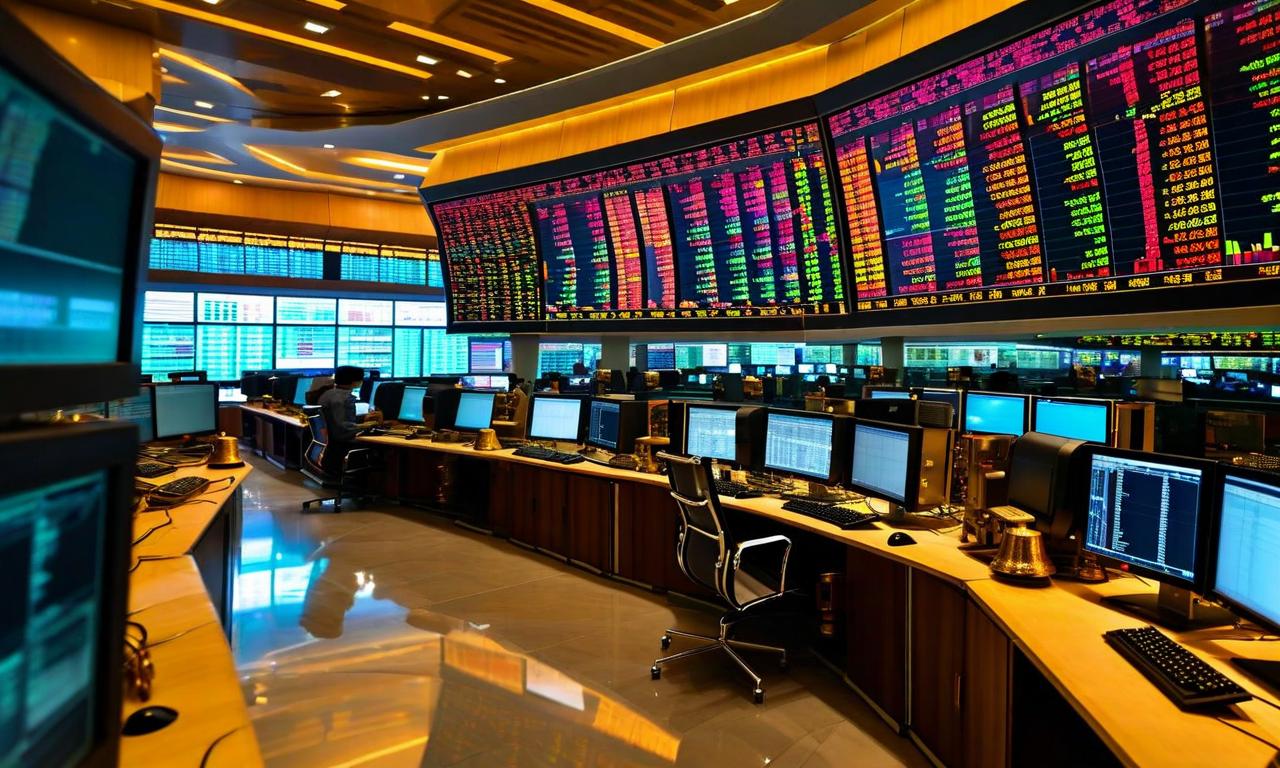Banks Face Car Loan Cancellations as GST Rate Cut Looms
Indian banking sector is experiencing an unexpected trend of customers canceling approved car loans in anticipation of upcoming GST rate cuts effective September 22. The GST Council's decision to reduce tax rates on cars up to 1,200 cc from 28% to 18% is driving this behavior. Banks are receiving numerous cancellation requests as customers find potential savings from tax reduction more attractive than loan cancellation charges. Some banks are waiving processing charges on vehicle loans to attract customers. The new GST structure will apply to cars up to 1,200 cc, with larger vehicles facing a 40% rate. Petrol cars up to 1,200 cc and diesel cars up to 1,500 cc will attract 18% GST. The compensation cess on automobiles will be eliminated, potentially leading to Rs 2,500 crore in accumulated cess lapsing on September 22.
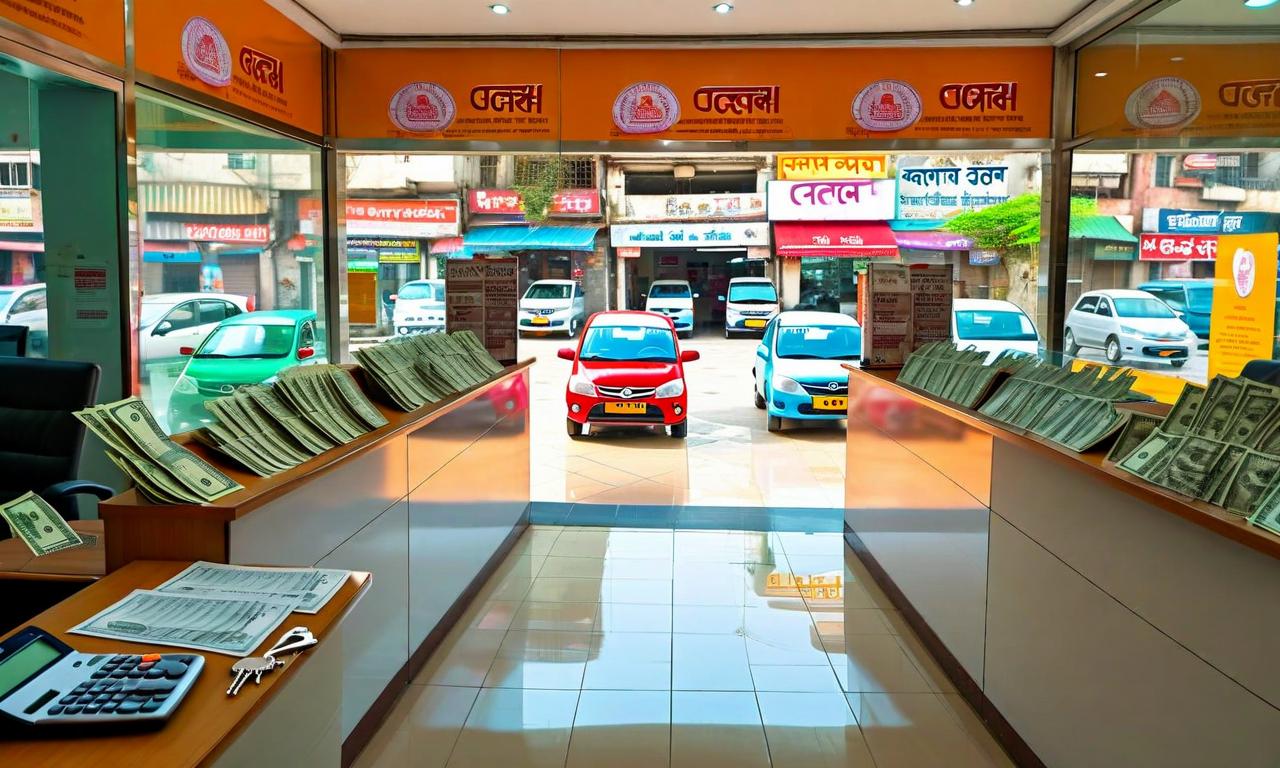
*this image is generated using AI for illustrative purposes only.
The Indian banking sector is experiencing an unexpected trend as customers are canceling approved car loans in anticipation of upcoming Goods and Services Tax (GST) rate cuts, set to take effect on September 22. This development comes in the wake of the GST Council's decision to reduce tax rates on cars up to 1,200 cc from 28% to 18%.
Impact on Banks and Customers
Banks are receiving an influx of cancellation requests for approved car loans as customers weigh the benefits of waiting for the new GST rates. The potential savings from the tax reduction are proving to be more attractive than the loan cancellation charges, prompting many to defer their purchases.
In response to this situation, some banks have taken proactive measures:
- Waiving processing charges on vehicle loans during the monsoon period to attract customers
- Adjusting their loan strategies to accommodate the changing market dynamics
GST Rate Changes and Their Implications
The upcoming GST rate changes will have far-reaching effects on the automobile industry and consumers:
- Nearly 400 products, including cars, will see reduced prices
- The new 18% GST rate applies to cars up to 1,200 cc
- Larger vehicles will face a 40% GST rate
- Petrol and diesel cars up to 1,200 cc and 1,500 cc respectively will attract 18% GST
- The compensation cess on automobiles will be completely eliminated
Consumer Behavior and Market Trends
The impending tax cuts are influencing consumer behavior in several ways:
- Loan cancellations: Customers are opting to cancel loans and wait for the rate cut, as cancellation charges are lower than potential savings.
- Upgrading choices: Some customers are considering upgrading to better car versions in the 1,300 cc category, leveraging the 10% tax benefit.
- Invoice timing: The new GST rate will only apply if car dealers haven't issued invoices to customers yet, creating a time-sensitive situation for both dealers and buyers.
Financial Implications for the Auto Industry
The GST rate change brings significant financial implications for the automotive sector:
- An estimated Rs 2,500.00 crore in accumulated compensation cess on auto companies' books will lapse on September 22.
- The current automobile GST structure of 28% plus a compensation cess of 1-22% (totaling 29-50% depending on vehicle type) will be simplified.
Conclusion
As the September 22 deadline approaches, the banking sector, automobile industry, and consumers are all adapting to the impending GST rate changes. Banks are navigating through loan cancellations while automakers and dealers prepare for a potential surge in demand. Consumers, meanwhile, are strategically timing their purchases to maximize savings, showcasing the significant impact of tax policy on market dynamics and consumer behavior.
